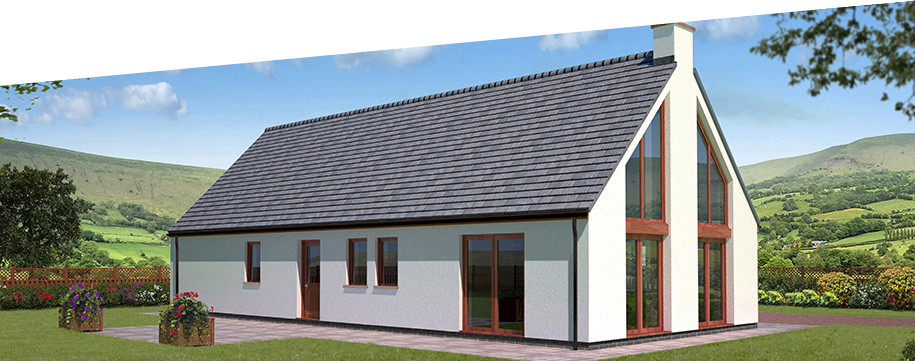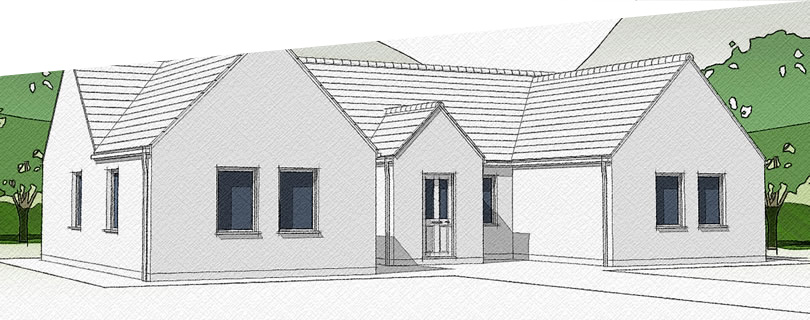
Sustainability Myths
Myth 1 – Low carbon design means low energy bills
This myth is in part initiated by the building regulations which set targets for carbon emissions rather than energy use. However, there is no correlation between carbon emissions and energy costs. For example the carbon emissions associated with biomass are almost seven times less than natural gas, yet it can be far more expensive. It also depends on how efficiently you use the your appliances within the house. Focusing on the energy efficiency of the fabric of your new home will minimise the need for energy.
Myth 2 – Passivhaus reduces carbon emissions than Building Regulations
This myth concerns the notion that Passivhaus is a superior form of construction compared to more conventional building systems. According to independent studies, when you compare the embodied and operational carbon emissions of the normal Passivhaus construction (having external wall insulation) with a standard Building Regulations dwelling there is a net gain of 20kgCO2/m2 over 60 years. The additional embodied carbon is more than you would save in meeting the Passivhaus standard.
Myth 3 – Keeping heat in is all you need to do
This myth fails to recognise the effect of solar gain during summer months. Well insulated homes use much less energy in the winter but can easily over heat in the summer and become quite uncomfortable, particularly at night, if the heat cannot be dissipated. This is not a problem with the insulation it is a simply a lack of ventilation. A lack of ventilation can arise due to poor design or occupier concerns regarding outside noise or security risks. In such circumstances the problem can be reduced by the provision of solar shading in the form of window canopies or shutters.
Myth 4 – Air Source Heat Pumps don’t work in the UK
It is undoubtedly the case that some Air Source Heat Pump (ASHP) systems, like many other renewable energy technologies, do not live up to the claims made for them. However, it is rarely the product which is at fault and far more likely to do with the design and/or installation of the system. ASHP may be relatively new in the UK but in European countries they have been in use for over 50 years. Sized, installed and commissioned properly there is no reason why they shouldn’t work properly. Installing an ASHP system is not difficult but it is different to a conventional heating system and the process needs to be properly understood by whoever is carrying out the work.
Myth 5 – The more features the better the home
This myth concerns the growing trend towards increasingly complex energy management systems in the home. There is a tendency for manufacturers of these systems to add features, just because they can! However, if the energy management system employed is not fully understood by the occupants, it cannot possibly be used efficiently and will not have the desired effect. As with every other aspect of your new home, keep it simple and it will work better. Increasing insulation and improving air tightness will reduce the amount of heat required.
Myth 6 – All homes should harvest rainwater
This is an integral ingredient of the Code for Sustainable Homes but is it a myth? The concept is sound, recycle rainwater to flush your loos, etc. and save mains water. In reality, rainwater harvesting systems are unlikely to ever pay back the energy they use to pump the water around or the embodied carbon in their tanks, foundations and pipework. According to the Environment Agency, the carbon emissions associated with a typical system were 40% higher than for mains water. Moreover, rainwater harvesting systems are high maintenance and if not maintained simply stop working.
Download our latest Brochure




